How to Travel with a Dog by Train
Ever tried to squeeze a week’s worth of luggage and your dog into a single train compartment? It can feel like you’re auditioning for a reality show where the challenge is to pack as much as possible into a tiny space.
But don’t worry—traveling with a dog by train doesn’t have to be a chaotic experience. With a bit of preparation and some handy tips, you and your furry friend can have a smooth and enjoyable journey together.
Planning Your Train Trip
Before you even think about hopping on that train, it’s crucial to plan ahead. First things first: check the train company’s pet policy. Different train operators have different rules when it comes to traveling with pets.
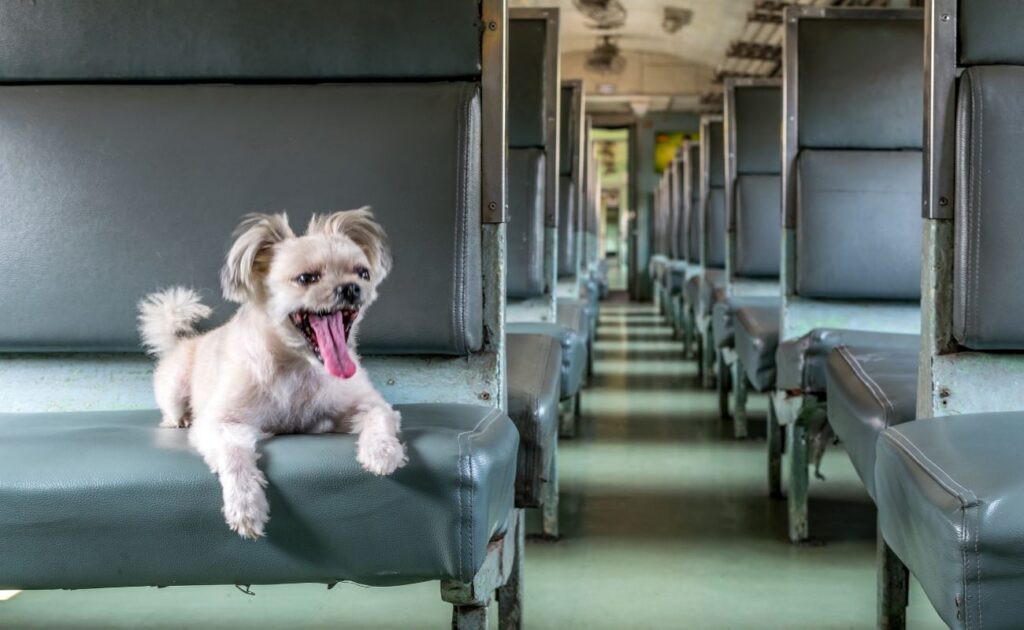
Some may require a pet ticket, while others may have specific guidelines on where your dog can sit. Make sure you know the rules before booking your ticket.
Next up: prepare your dog for the trip. A long train journey can be a bit overwhelming for your pup, especially if they’re not used to traveling.
🍲 50 Printable Dog Food Recipes Your Pup Will Love
Skip the fillers and preservatives. Make healthy, homemade meals your dog will actually eat — using everyday ingredients you already trust. Vet-friendly, budget-friendly, and super easy to follow. 🐾
Perfect for picky eaters, senior dogs, and pups with sensitive stomachs. Make mealtime simple and nutritious again.
Get the Recipes Now 🐶Take them on shorter train rides or car trips beforehand to get them accustomed to the motion and noise. It will help ease their anxiety and make the actual trip less stressful.
Packing for Your Dog
Packing for your dog is a bit like preparing for a mini vacation—minus the sunscreen and beach towels. Start with the essentials:
- A comfortable travel crate or carrier: This should be well-ventilated and big enough for your dog to stand up, turn around, and lie down comfortably.
- Food and water bowls: Portable and spill-proof bowls are a must for easy feeding and hydration on the go.
- Their favorite food and treats: Bring enough to last the entire trip, plus a little extra in case of delays.
- A blanket or familiar bedding: This can help comfort your dog and make them feel more at ease in a new environment.
Don’t forget their leash and collar, complete with ID tags and any necessary medical records or medications. These will come in handy if you need to take them out during stops or handle any emergencies.
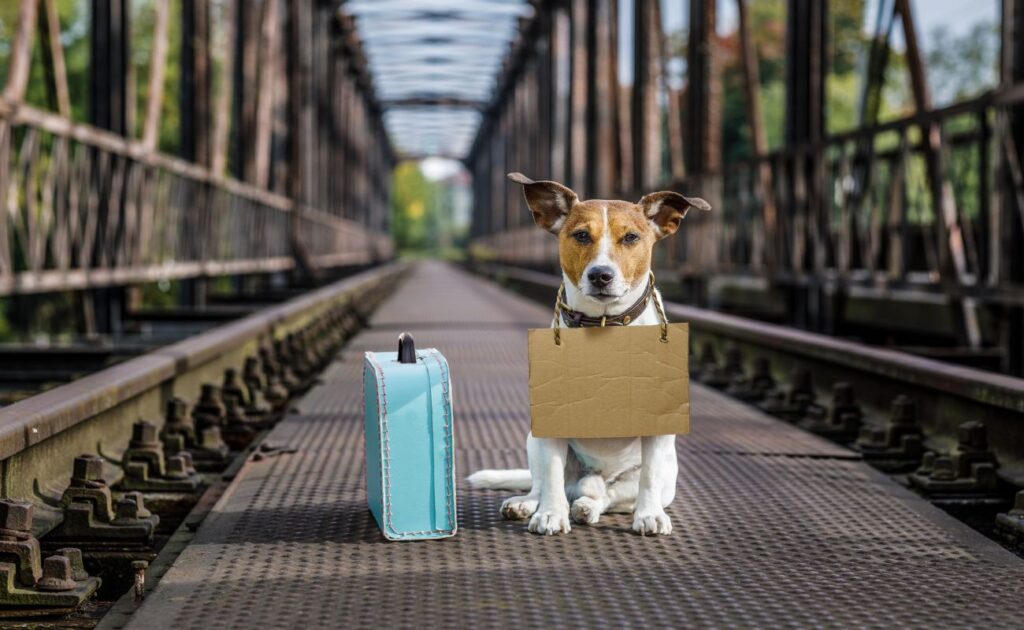
On the Train: Keeping Your Dog Calm and Comfortable
Once you’re on the train, it’s time to focus on keeping your dog calm and comfortable. Find a good spot for your dog’s crate or carrier. Many trains have designated areas for pets, but if you’re unsure, ask a conductor for advice.
Keep your dog’s crate covered with a light blanket or towel to help reduce visual stimulation and create a cozier environment. During the journey, make sure to regularly offer your dog water and check their comfort.
If they’re feeling anxious, try to soothe them with their favorite toys or treats. Frequent breaks are also essential—if possible, take your dog for short walks at train stations or during longer stops.
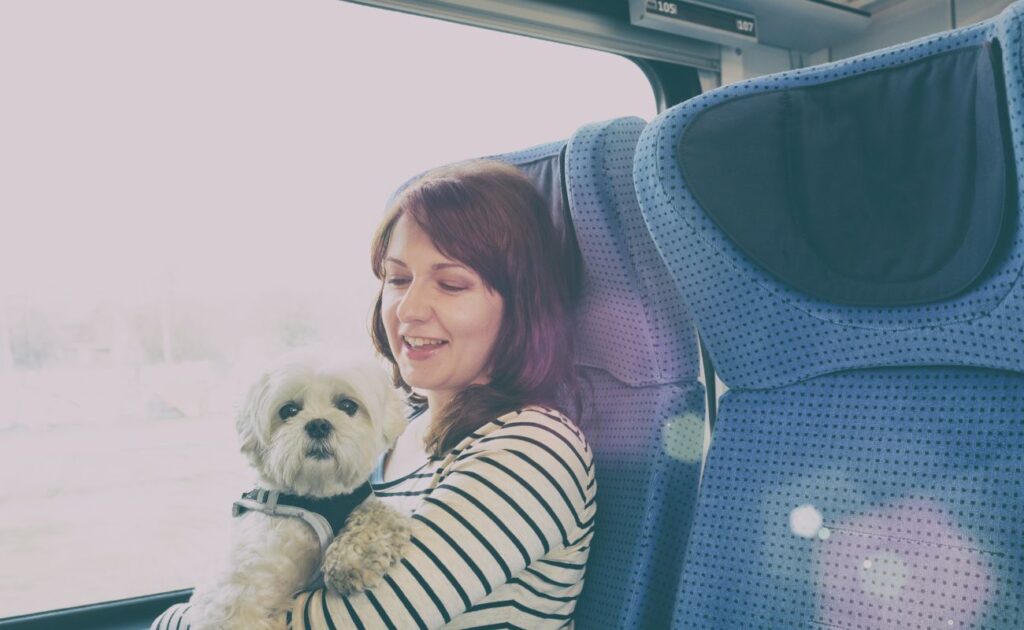
Handling Train Travel Stress
Traveling can be stressful for both humans and dogs. Here are a few tips to manage any anxiety:
- Maintain a calm demeanor: Dogs are very perceptive and can pick up on your stress. Stay relaxed to help keep them calm.
- Use calming aids if needed: Products like calming collars, pheromone diffusers, or anxiety wraps can help ease your dog’s nerves.
- Stick to their routine: Try to keep your dog’s feeding and bathroom schedule as consistent as possible to reduce stress.
FAQ
Q: Can I bring my large dog on the train?
A: It depends on the train operator’s policy. Some trains allow large dogs, while others may have size restrictions or require a separate ticket.
Q: What if my dog gets motion sickness?
A: If your dog is prone to motion sickness, consult your vet before the trip. They may recommend medication or other strategies to help manage the symptoms.
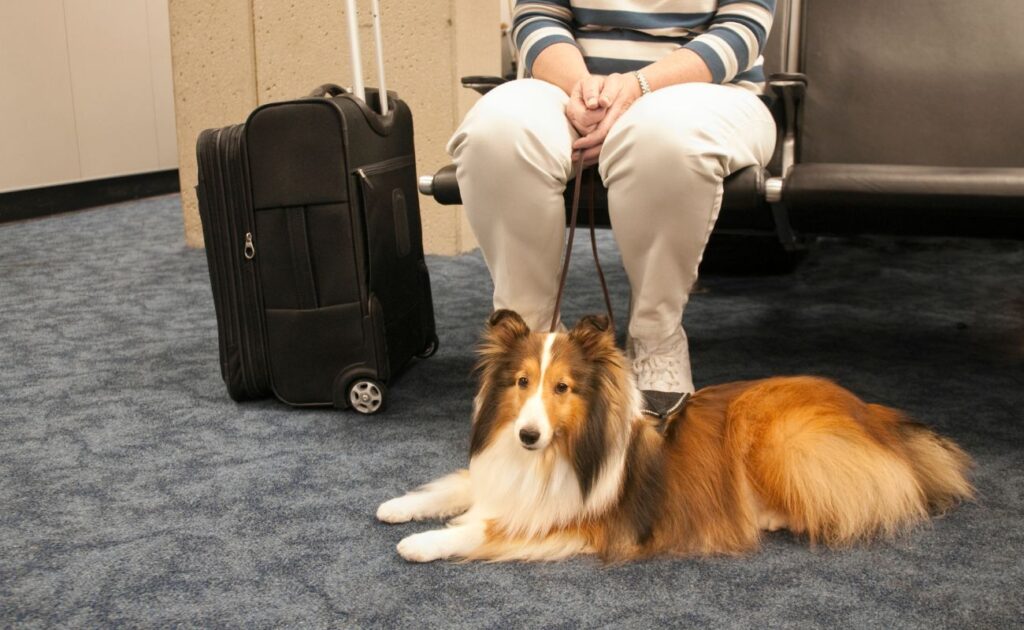
Q: How can I help my dog adjust to train travel?
A: Gradual acclimatization is key. Start with shorter trips and gradually increase the duration to help your dog get used to the experience.
Final Thoughts
Traveling with a dog by train can be a fun and rewarding experience when you’re well-prepared. With the right planning and a few tricks up your sleeve, you and your furry companion can enjoy a smooth and enjoyable journey.
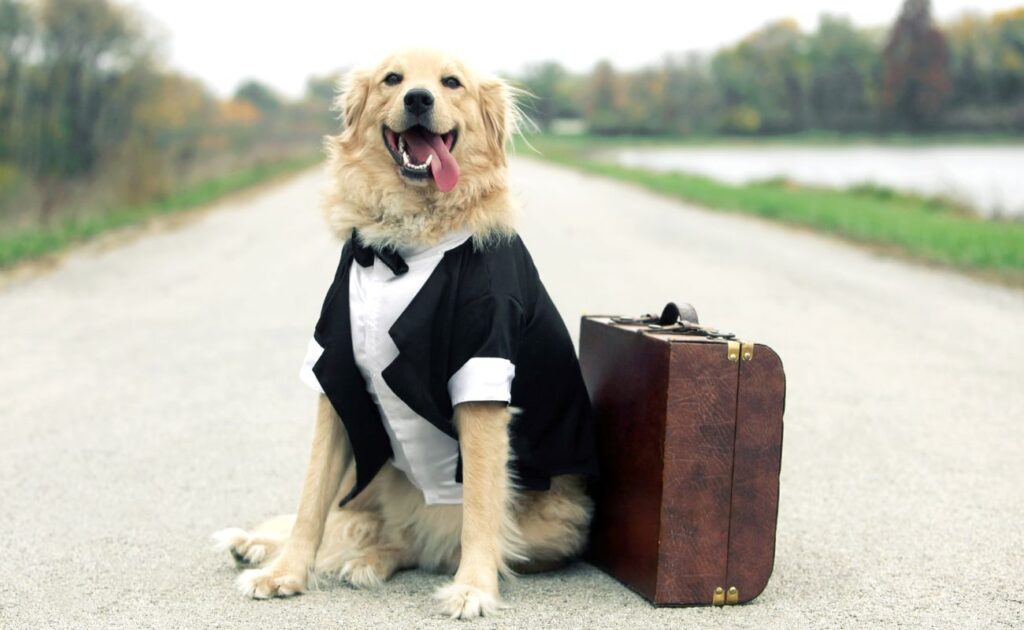
So, pack up, hop on that train, and get ready to explore new places with your best friend by your side. Here’s to a great trip—paw-sibly the best one yet!
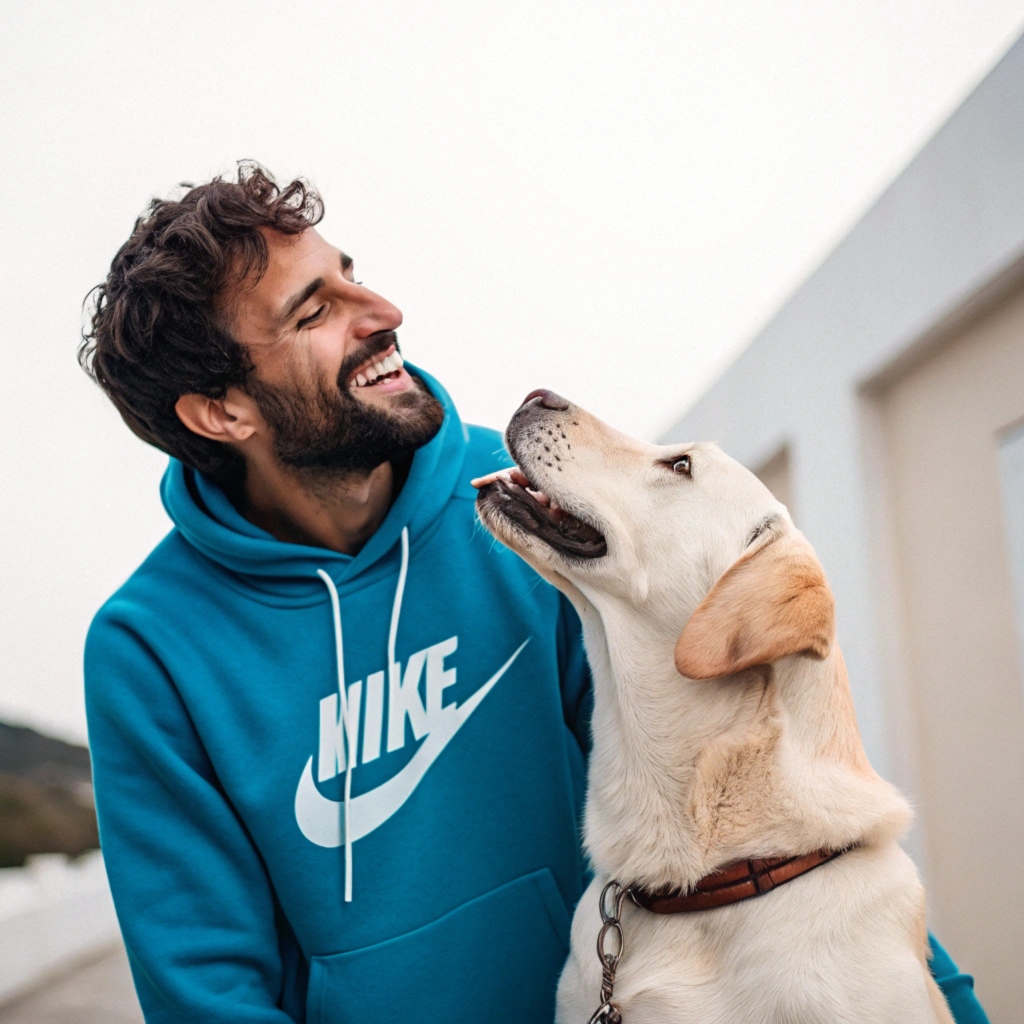
I’ve spent 10+ years in dog training, digging into what makes dogs (and their humans) tick. At Smart Dog Learning, I share my no-nonsense, fun approach to training so you can enjoy life with a well-behaved, happy pup—no boring lectures, just practical results 😉





